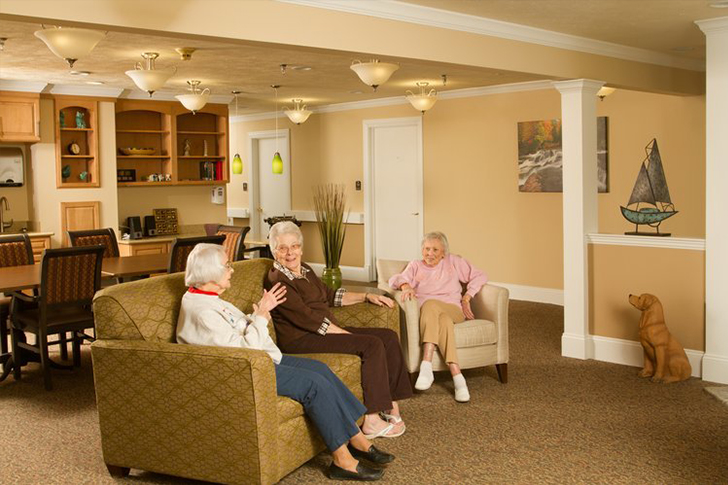Finding a senior apartment that fits into your budget can be a crucial step in maintaining a comfortable lifestyle during retirement. This guide offers detailed insights and strategies to help you locate economical housing options that cater to seniors.

The Importance of Budget-Friendly Senior Housing
As individuals enter their retirement years, managing expenses becomes crucial due to fixed incomes and potential medical costs. Finding a senior apartment that allows for financial ease can significantly impact quality of life. It’s not just about finding a place to live; it’s about finding a home that supports a stress-free retirement.
The cost of senior apartments in the United States varies widely depending on the region and the type of facility. Here are some general price ranges for different types of senior living options across various states:
- Market-Rate Senior Apartments: These apartments typically charge the going market rate for the area. For instance:
- California: Prices start at approximately $1,300 per month.
- Texas: Around $1,100 per month.
- Ohio: As low as $600 per month.
- Florida: Starting from $400 per month
- Independent Living: This type typically offers a blend of residential independence with optional access to services like housekeeping, meals, and social activities. Prices can range significantly:
- High-cost states like Massachusetts and Vermont may see prices as high as $4,008 to $4,695 per month.
- More affordable options are available in states like Mississippi and West Virginia, where costs are around $1,282 and $1,966 per month, respectively.
- Average costs across various states range from $1,500 to $6,000 per month, factoring in rent or mortgage and amenities.
- Luxury Senior Apartments: These are the most expensive options, offering extensive amenities like wellness centers, spas, fine dining, and more. Prices generally start around $5,300 per month and can go much higher depending on the location and suite of services provided.
Strategies for Finding Lower-Cost Senior Housing
- Location: Costs can vary dramatically by location. Exploring areas with a lower cost of living can lead to significant savings.
- Size and Amenities: Consider what amenities are essential and what you can live without. Opting for a smaller apartment or one with fewer luxury amenities can reduce costs.
- Subsidized Housing Programs: Investigate government-subsidized programs that are designed to help seniors manage housing costs. Programs such as Section 202 support housing specifically for seniors, providing options that come at a fraction of the market rental rates.
- Non-Profit Organizations: Many non-profit organizations operate senior housing at reduced rates. Research local non-profits offering such accommodations.
- Negotiate Terms: Don’t hesitate to negotiate the terms of your lease. Some landlords are willing to lower rent in exchange for a longer lease commitment.
How to Apply for Subsidized Senior Housing
- Determine Eligibility: Most programs have income requirements and age restrictions. Ensure you meet these criteria before applying.
- Gather Necessary Documents: You will need to provide financial information, proof of age, and possibly medical records.
- Find Available Programs: Use resources such as the U.S. Department of Housing and Urban Development’s website to find available subsidized senior housing.
- Apply Through the Proper Channels: Applications may need to be submitted through specific agencies or directly to the housing complex.
Additional Tips for Cost Savings
- Utility Costs: Look for apartments where utilities are included. This can be a major saving as it eliminates unpredictable monthly expenses.
- Community Programs: Engage in community programs or senior centers that offer free activities and services. This can reduce the need for similar services that might otherwise increase the cost of living.
- Roommates: Consider sharing your apartment. Having a roommate can halve many of your bills and provide companionship.
Conclusion
Finding a senior apartment that is economically viable requires a mix of careful planning, thorough research, and the utilization of available resources. By understanding your options and knowing where to look, you can secure a home that is both welcoming and manageable on a budget.


Recent Comments